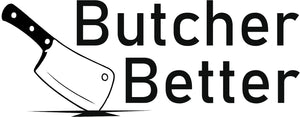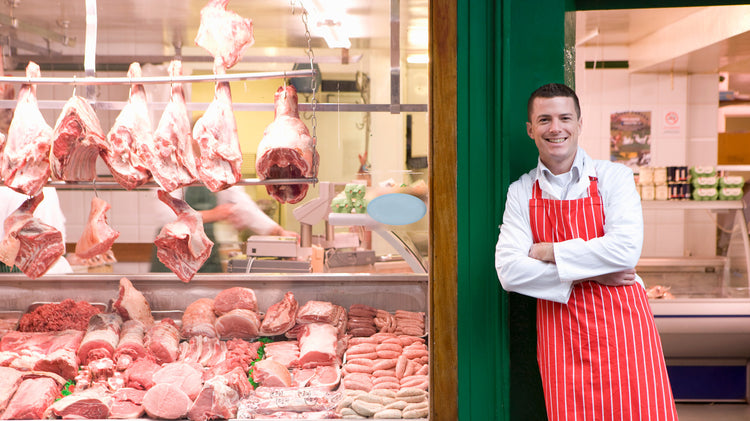
Pricing meat in a butcher shop can depend on a variety of factors, including the type of meat, the grade of meat, the cost of purchasing the meat, the cost of labor, and the profit margin desired by the butcher shop. Here are some steps to consider when pricing meat in a butcher shop:
-
Determine the cost of purchasing the meat: This is the first step in pricing meat in a butcher shop. The cost of purchasing the meat can vary depending on the type of meat and the grade of the meat. It is important to keep track of the cost of purchasing the meat to ensure that the prices charged in the butcher shop cover the cost of the meat.
-
Determine the labor cost: The labor cost includes the wages of the employees who handle the meat, as well as the cost of equipment and other expenses related to processing the meat.
-
Determine the profit margin: The profit margin is the amount of profit that the butcher shop wants to make on the sale of the meat. The profit margin can vary depending on the type of meat, the demand for the meat, and the competition in the area.
-
Set the price: Once the cost of purchasing the meat, the labor cost, and the profit margin have been determined, the butcher shop can set the price of the meat. The price should be competitive with other butcher shops in the area while still covering the cost of the meat, the labor cost, and the desired profit margin.
-
Consider additional factors: There may be additional factors to consider when pricing meat in a butcher shop, such as the season, the location of the shop, and the availability of the meat. It is important to adjust the pricing strategy as needed to stay competitive and profitable.
It is important to note that pricing meat in a butcher shop can be complex and may require ongoing adjustments based on market conditions, changes in supply and demand, and other factors.

